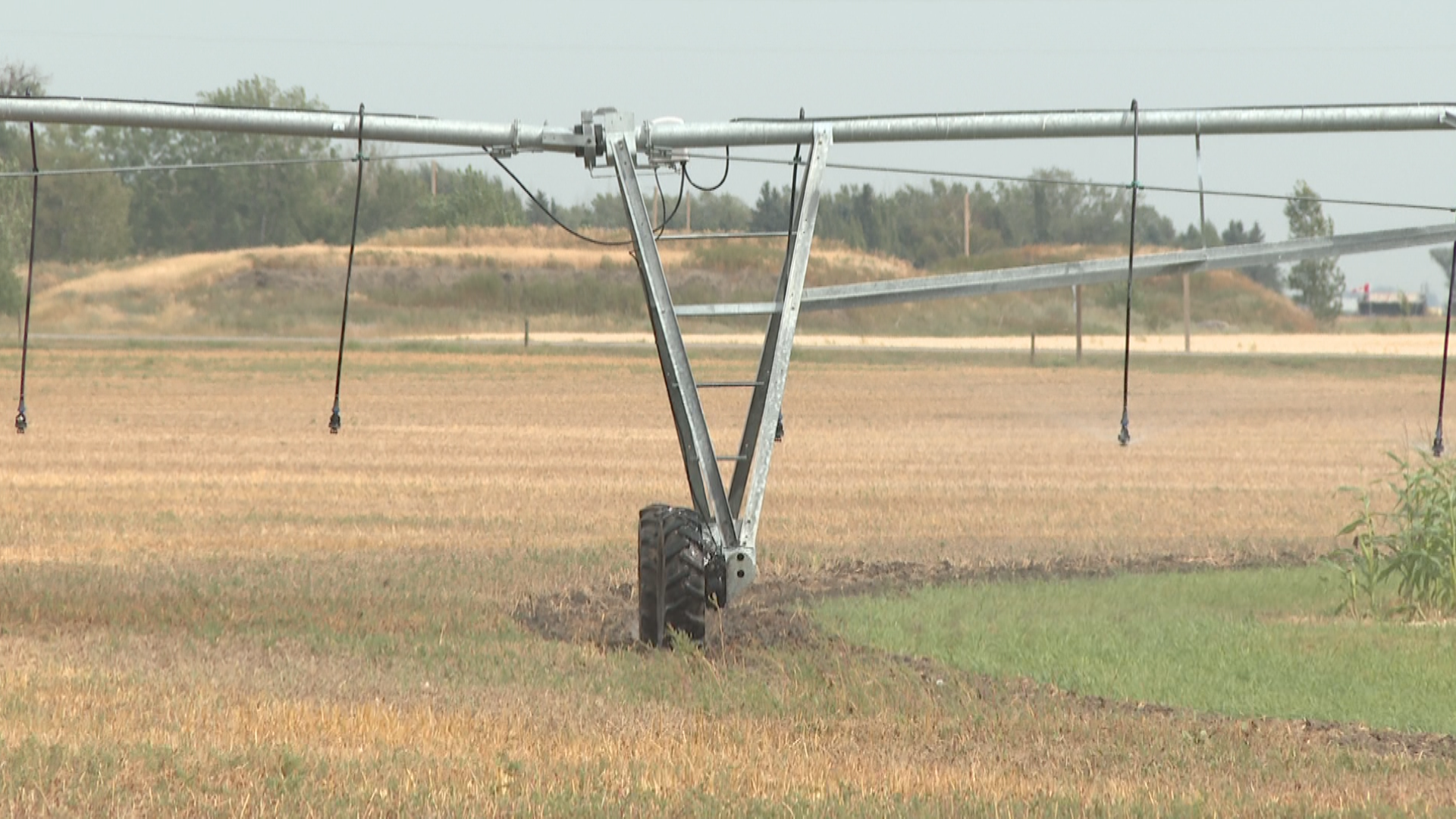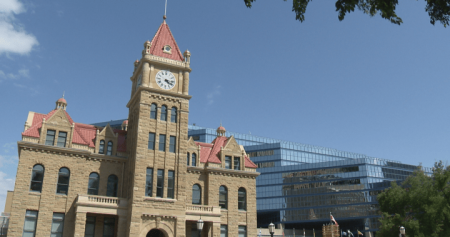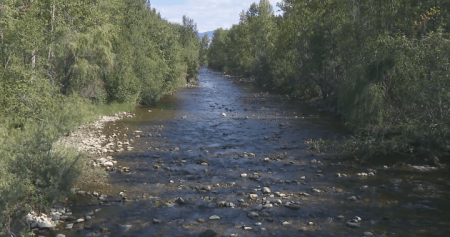A cold and dry winter set the stage for a challenging summer, but rain in May and June helped alleviate many concerns. However, as winter approaches, cooler temperatures and potentially more humidity are expected. Alysa Pederson, a warning preparedness meteorologist with Environment and Climate Change Canada, mentioned that after coming out of a dry and warm El Nino winter, the region is now transitioning into a La Nina phase. Last winter’s dry conditions had left southern Alberta in a drought due to limited snow runoff and water in reservoirs.
Despite the initial challenges, a wet spring provided farmers with a good summer despite the low reservoir levels. Ken Coles, executive director of Farming Smarter, noted that the accumulated precipitation in southern Alberta was close to average, with early May showers helping to fill up the soil profiles at a critical time for the crops. Farmers are now experiencing average to above-average crop yields, with some areas even receiving almost too much water, almost causing flooding. Coles mentioned that droughts tend to occur in 10-year cycles and the region may be nearing the end of this current dry spell.
Environment Canada predicts above-normal precipitation for this La Nina winter, which is expected to be crucial for irrigation next year. Coles emphasized the importance of snowfall this winter to maintain and continue to fill up the reservoirs for the upcoming seasons. He highlighted the significant impact that just one inch of water can have on already saturated soil and the potential for flooding. The cycle of droughts and wet years in the region suggests that upcoming years may see a return to more favorable conditions for agriculture.
Overall, while the winter transition brings concerns of cooler temperatures and potentially more humidity, the region has seen relief from drought conditions thanks to the rainfall in May and June. The wet spring provided farmers with a good summer despite initially low reservoir levels, leading to average to above-average crop yields. The anticipation of above-normal precipitation in the upcoming La Nina winter is expected to support irrigation and help fill up reservoirs for the next growing season. The region is nearing the end of a dry spell, suggesting a potential return to more favorable conditions for agriculture.













